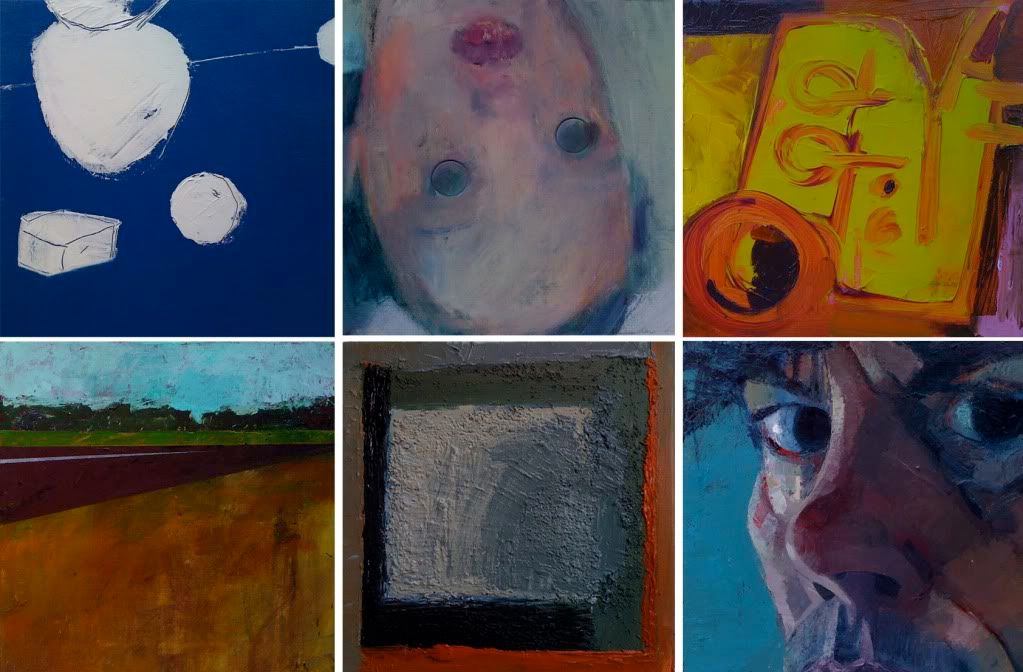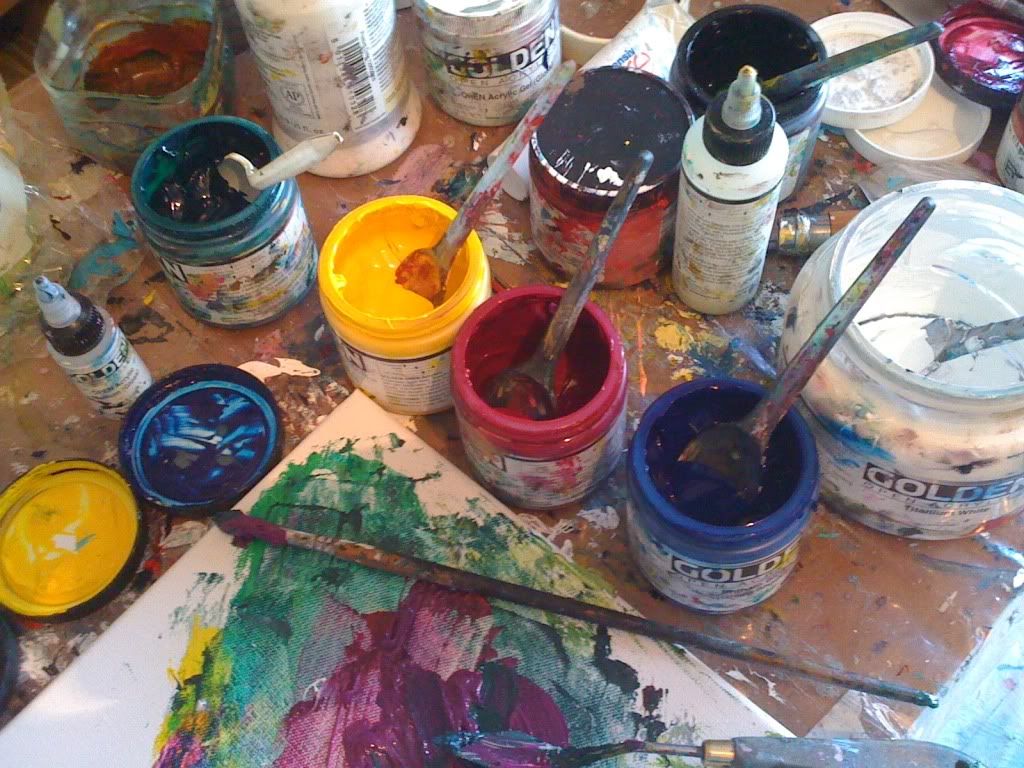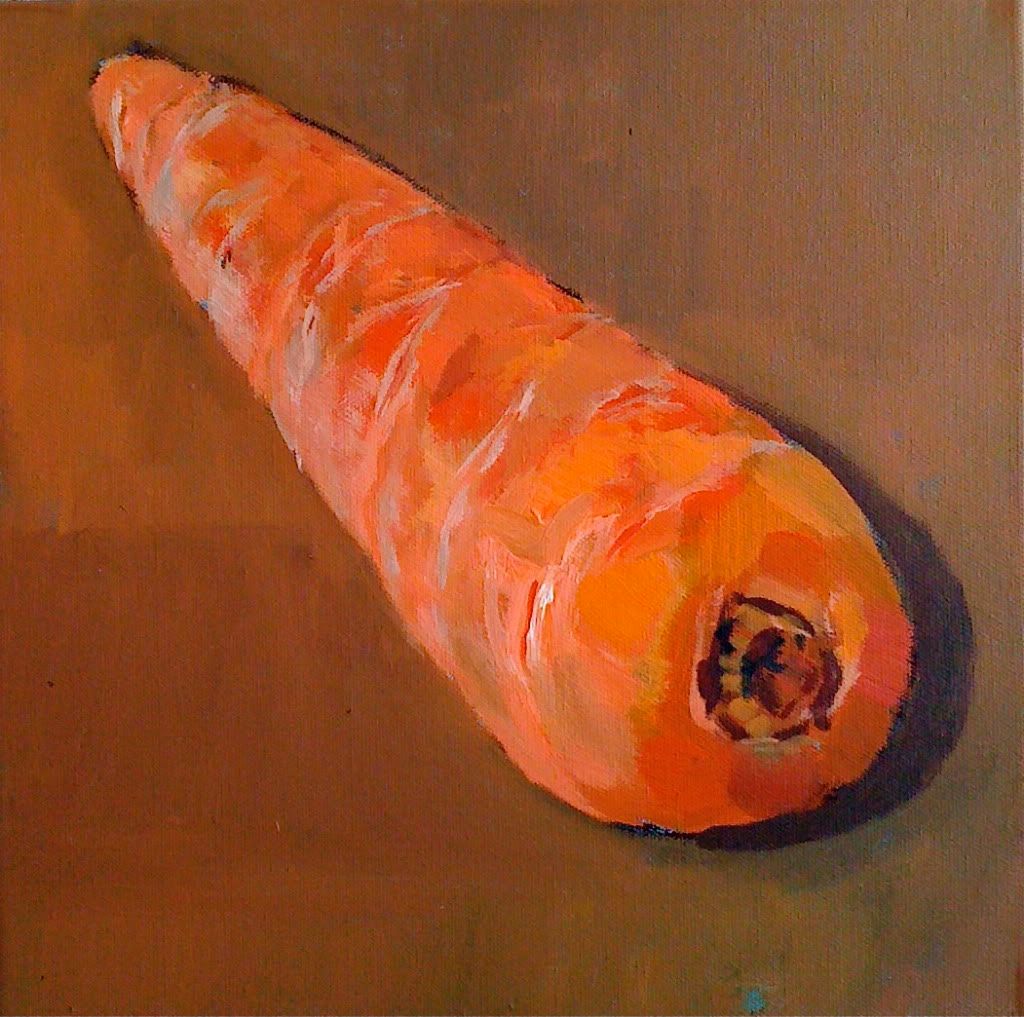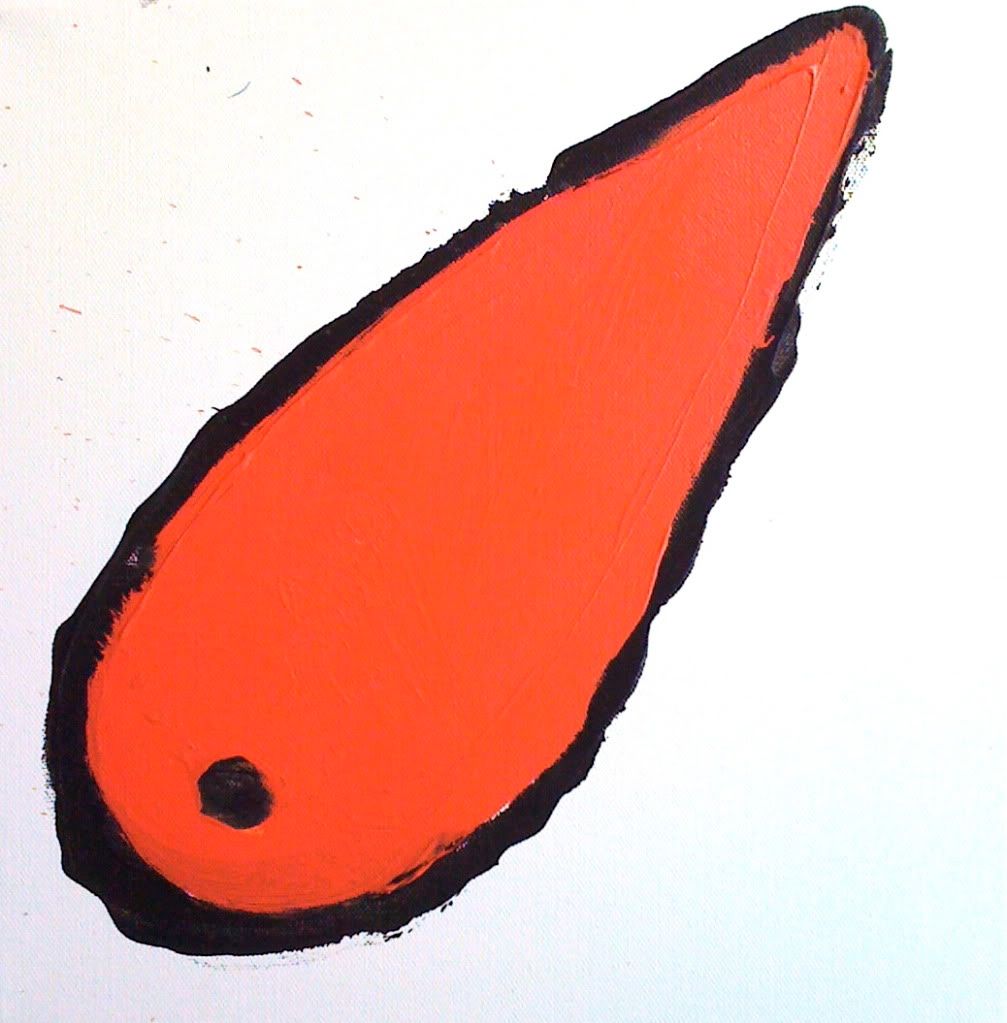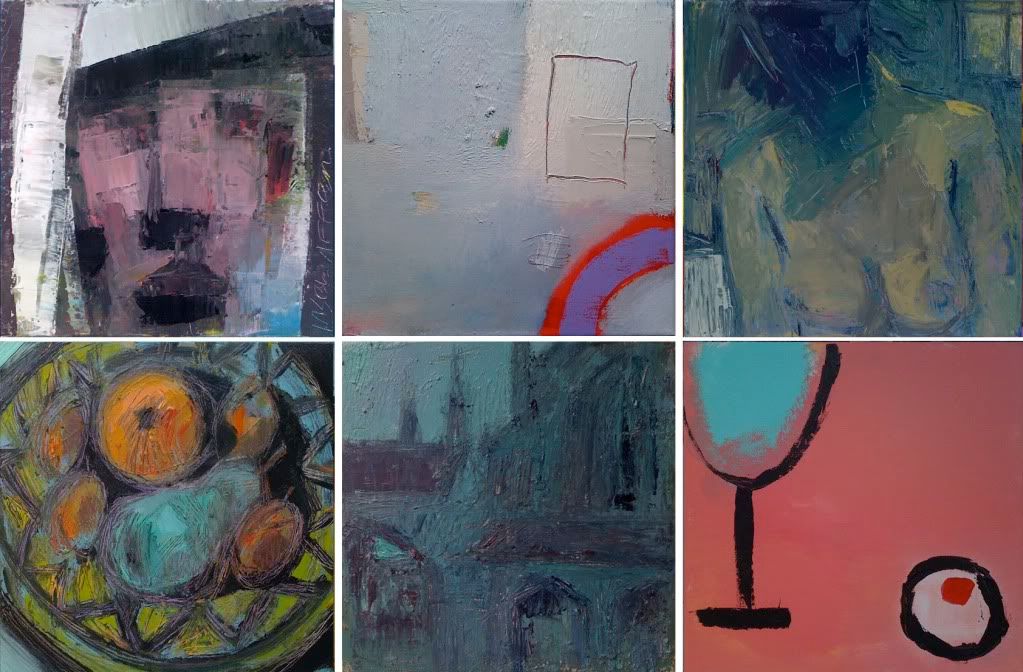For many years, I have been a teacher of art, not a practicing artist. My focus has been on how to encourage others to develop their ability and to throw some light on the numerous techniques and processes that may be employed in picture-making. Because I had neither the time or the resources, the question I never asked myself was, what kind of a painter am I?
Image Wall is an attempt to find an answer to that question.
Painting one hundred pictures, was to be like going on a journey. I could take a few risks along the way and fully explore what happens when you put paint onto canvas. I could work in ways I wouldn’t normally dream of, with colour-combinations I wouldn’t normally dare to use. All judgements were to be treated with suspicion and there would be no plan. I would simply paint whatever I had the urge to and if the work had a theme, it would be an unconscious one.
From my teaching, I have come to realise that there as many ways to paint a picture as there are people on the planet. The canon of Art, moreover, is being constantly up-dated; the first abstract artists are long-dead; installations and video seem old-hat. and the art world is poised for its next big, money-making shock. Meanwhile, all over the world, it is the flat screen, not the canvas, that is king.
Despite digital sampling, CGI and a thousand images at the click of a mouse, however, painters still hold onto their pigment, their glue and their cloth. Unlike LEDs, these things have substance. A good painting doesn’t only occupy space, it alters it. The brushstroke is an echo of the artist’s presence and his or her colours leave chemical imprints in the mind of the viewer. I was seven years old, the first time a work of art did that to me and I was so thrilled, it scared me.
Pablo Picasso, when asked which of his paintings was his favourite, said, ‘The next one.’ When I began work on Image Wall, I had ninety-nine ‘next one’s. That is a kind of luxury.
I am grateful to the Black Swan Arts for their invitation to exhibit; to Ciara Nolan for her encouragement with my initial idea; to Suzanne Cooke for studio space and to Studio Prints of Frome for their generous support.










